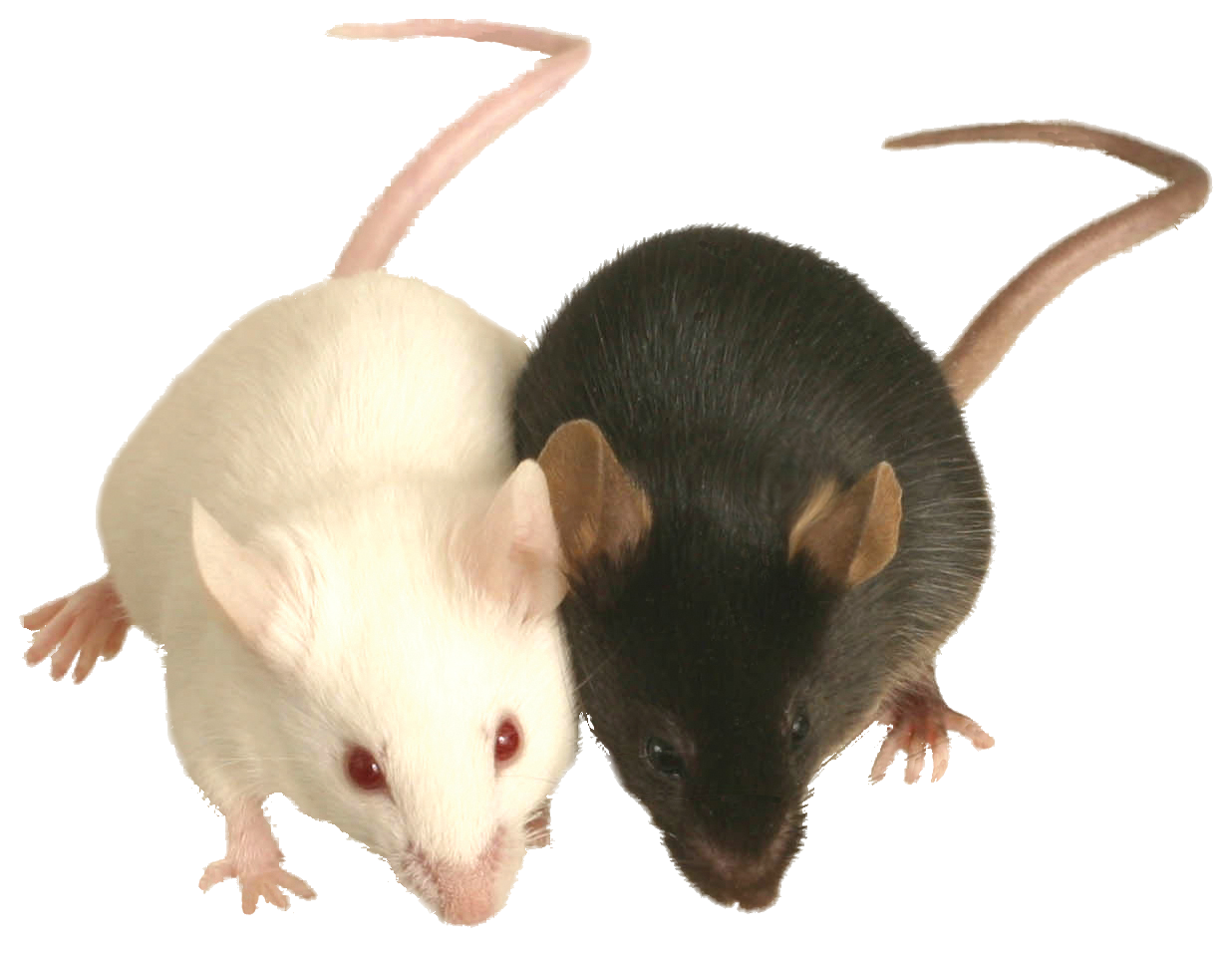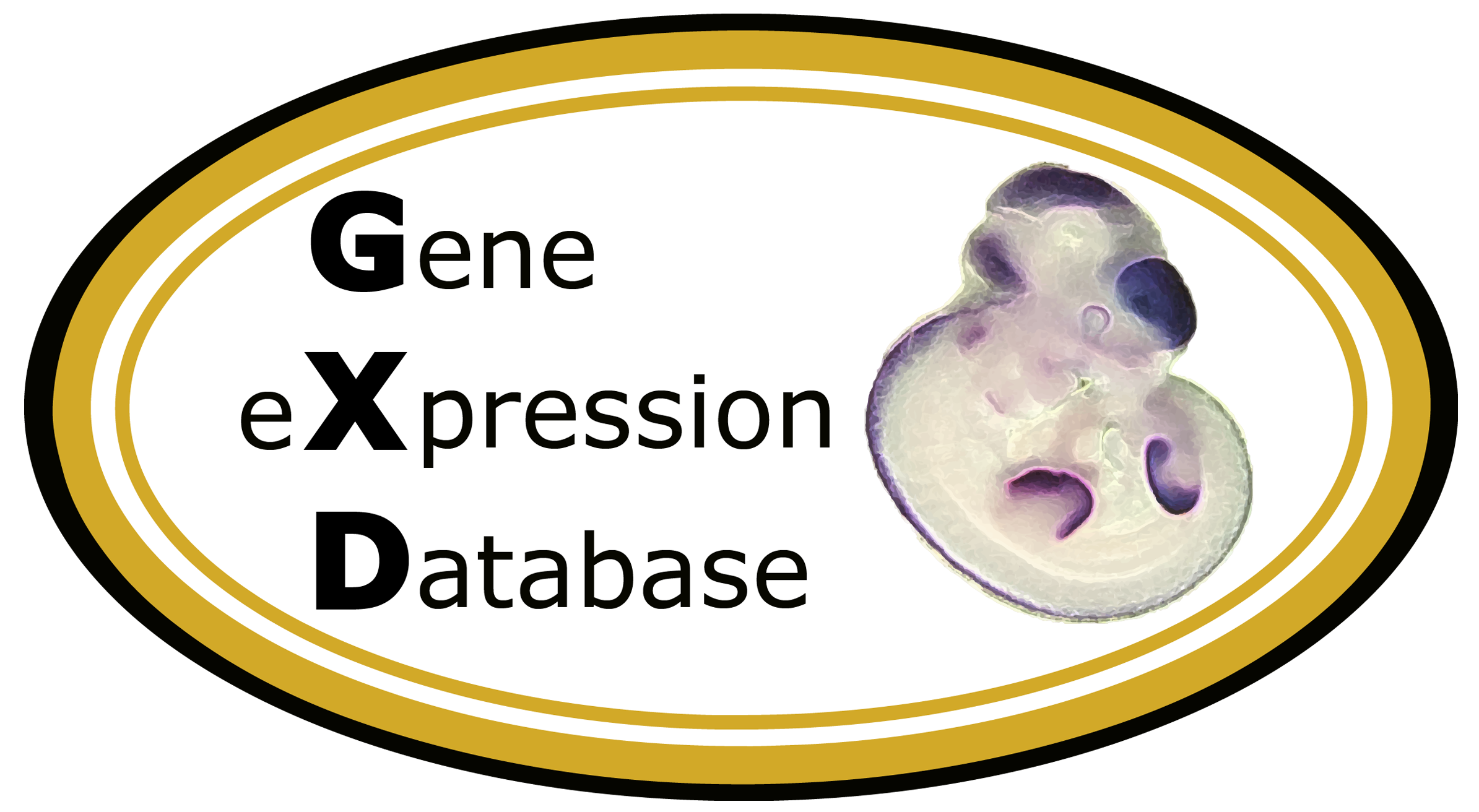| QTL |
Genetic Location* |
Genome Location (GRCm39) |
Reference |
QTL Note |
|
Insq2 |
Chr1, syntenic |
|
J:99477 |
Authors used novel data mining tool ExQuest to identify novel candidate genes for existing diabesity QTLs. Next, candidate gene expression in the liver, adipose, and pancreas of diabesity-prone Tally Ho mice and diabesity-resistant C57BL/6J mice was assessed by quantitative PCR analysis. Several potential candidate genes, some with no previous association to diabesity QTLs, were identified. Since QTL intervals may be large and could contain hundreds or thousands of potential candidate genes, this method allows researchers to focus on those with strong potential as well as identify novel candidate genes.
A potential candidate gene for Obq2 at 15 cM on mouse Chromosome 1 as identified by ExQuest is Gsta3. For QTLs Obq7 (28.7 cM), Wt6q1 (27 cM), Insq2 (36cM), and Insq6 (37 cM), potential candidate genes Aox1 (23.2 cM), Fn1 (36.1 cM), Pecr, Igfbp2 (36.1 cM), Plcd4 (39.2 cM), Scg2 (43.6 cM), Irs1, and Inpp5d (57 cM) were identified. For QTL Nidd6 (77 cM), potential candidate gene Qscn6 was identified. For QTL Obq9 (88.4 cM), potential candidate genes Fmo1, Fmo3, and Apoa2 (92.6 cM) were identified. For QTL Wt6q2 (108 cM), potential candidate gene Hsd11b1 was identified.
|
|
Insq6 |
Chr1, 38.01 cM |
Chr1:73726922-73727077 |
J:99477 |
Authors used novel data mining tool ExQuest to identify novel candidate genes for existing diabesity QTLs. Next, candidate gene expression in the liver, adipose, and pancreas of diabesity-prone Tally Ho mice and diabesity-resistant C57BL/6J mice was assessed by quantitative PCR analysis. Several potential candidate genes, some with no previous association to diabesity QTLs, were identified. Since QTL intervals may be large and could contain hundreds or thousands of potential candidate genes, this method allows researchers to focus on those with strong potential as well as identify novel candidate genes.
A potential candidate gene for Obq2 at 15 cM on mouse Chromosome 1 as identified by ExQuest is Gsta3. For QTLs Obq7 (28.7 cM), Wt6q1 (27 cM), Insq2 (36cM), and Insq6 (37 cM), potential candidate genes Aox1 (23.2 cM), Fn1 (36.1 cM), Pecr, Igfbp2 (36.1 cM), Plcd4 (39.2 cM), Scg2 (43.6 cM), Irs1, and Inpp5d (57 cM) were identified. For QTL Nidd6 (77 cM), potential candidate gene Qscn6 was identified. For QTL Obq9 (88.4 cM), potential candidate genes Fmo1, Fmo3, and Apoa2 (92.6 cM) were identified. For QTL Wt6q2 (108 cM), potential candidate gene Hsd11b1 was identified.
|
|
Nidd6 |
Chr1, 65.11 cM |
|
J:99477 |
Authors used novel data mining tool ExQuest to identify novel candidate genes for existing diabesity QTLs. Next, candidate gene expression in the liver, adipose, and pancreas of diabesity-prone Tally Ho mice and diabesity-resistant C57BL/6J mice was assessed by quantitative PCR analysis. Several potential candidate genes, some with no previous association to diabesity QTLs, were identified. Since QTL intervals may be large and could contain hundreds or thousands of potential candidate genes, this method allows researchers to focus on those with strong potential as well as identify novel candidate genes.
A potential candidate gene for Obq2 at 15 cM on mouse Chromosome 1 as identified by ExQuest is Gsta3. For QTLs Obq7 (28.7 cM), Wt6q1 (27 cM), Insq2 (36cM), and Insq6 (37 cM), potential candidate genes Aox1 (23.2 cM), Fn1 (36.1 cM), Pecr, Igfbp2 (36.1 cM), Plcd4 (39.2 cM), Scg2 (43.6 cM), Irs1, and Inpp5d (57 cM) were identified. For QTL Nidd6 (77 cM), potential candidate gene Qscn6 was identified. For QTL Obq9 (88.4 cM), potential candidate genes Fmo1, Fmo3, and Apoa2 (92.6 cM) were identified. For QTL Wt6q2 (108 cM), potential candidate gene Hsd11b1 was identified.
|
|
Obq2 |
Chr1, 6.50 cM |
Chr1:20941620-20941887 |
J:99477 |
Authors used novel data mining tool ExQuest to identify novel candidate genes for existing diabesity QTLs. Next, candidate gene expression in the liver, adipose, and pancreas of diabesity-prone Tally Ho mice and diabesity-resistant C57BL/6J mice was assessed by quantitative PCR analysis. Several potential candidate genes, some with no previous association to diabesity QTLs, were identified. Since QTL intervals may be large and could contain hundreds or thousands of potential candidate genes, this method allows researchers to focus on those with strong potential as well as identify novel candidate genes.
A potential candidate gene for Obq2 at 15 cM on mouse Chromosome 1 as identified by ExQuest is Gsta3. For QTLs Obq7 (28.7 cM), Wt6q1 (27 cM), Insq2 (36cM), and Insq6 (37 cM), potential candidate genes Aox1 (23.2 cM), Fn1 (36.1 cM), Pecr, Igfbp2 (36.1 cM), Plcd4 (39.2 cM), Scg2 (43.6 cM), Irs1, and Inpp5d (57 cM) were identified. For QTL Nidd6 (77 cM), potential candidate gene Qscn6 was identified. For QTL Obq9 (88.4 cM), potential candidate genes Fmo1, Fmo3, and Apoa2 (92.6 cM) were identified. For QTL Wt6q2 (108 cM), potential candidate gene Hsd11b1 was identified.
|
|
Obq7 |
Chr1, 33.31 cM |
|
J:99477 |
Authors used novel data mining tool ExQuest to identify novel candidate genes for existing diabesity QTLs. Next, candidate gene expression in the liver, adipose, and pancreas of diabesity-prone Tally Ho mice and diabesity-resistant C57BL/6J mice was assessed by quantitative PCR analysis. Several potential candidate genes, some with no previous association to diabesity QTLs, were identified. Since QTL intervals may be large and could contain hundreds or thousands of potential candidate genes, this method allows researchers to focus on those with strong potential as well as identify novel candidate genes.
A potential candidate gene for Obq2 at 15 cM on mouse Chromosome 1 as identified by ExQuest is Gsta3. For QTLs Obq7 (28.7 cM), Wt6q1 (27 cM), Insq2 (36cM), and Insq6 (37 cM), potential candidate genes Aox1 (23.2 cM), Fn1 (36.1 cM), Pecr, Igfbp2 (36.1 cM), Plcd4 (39.2 cM), Scg2 (43.6 cM), Irs1, and Inpp5d (57 cM) were identified. For QTL Nidd6 (77 cM), potential candidate gene Qscn6 was identified. For QTL Obq9 (88.4 cM), potential candidate genes Fmo1, Fmo3, and Apoa2 (92.6 cM) were identified. For QTL Wt6q2 (108 cM), potential candidate gene Hsd11b1 was identified.
|
|
Obq9 |
Chr1, 74.68 cM |
|
J:99477 |
Authors used novel data mining tool ExQuest to identify novel candidate genes for existing diabesity QTLs. Next, candidate gene expression in the liver, adipose, and pancreas of diabesity-prone Tally Ho mice and diabesity-resistant C57BL/6J mice was assessed by quantitative PCR analysis. Several potential candidate genes, some with no previous association to diabesity QTLs, were identified. Since QTL intervals may be large and could contain hundreds or thousands of potential candidate genes, this method allows researchers to focus on those with strong potential as well as identify novel candidate genes.
A potential candidate gene for Obq2 at 15 cM on mouse Chromosome 1 as identified by ExQuest is Gsta3. For QTLs Obq7 (28.7 cM), Wt6q1 (27 cM), Insq2 (36cM), and Insq6 (37 cM), potential candidate genes Aox1 (23.2 cM), Fn1 (36.1 cM), Pecr, Igfbp2 (36.1 cM), Plcd4 (39.2 cM), Scg2 (43.6 cM), Irs1, and Inpp5d (57 cM) were identified. For QTL Nidd6 (77 cM), potential candidate gene Qscn6 was identified. For QTL Obq9 (88.4 cM), potential candidate genes Fmo1, Fmo3, and Apoa2 (92.6 cM) were identified. For QTL Wt6q2 (108 cM), potential candidate gene Hsd11b1 was identified.
|
|
Wt6q1 |
Chr1, syntenic |
|
J:99477 |
Authors used novel data mining tool ExQuest to identify novel candidate genes for existing diabesity QTLs. Next, candidate gene expression in the liver, adipose, and pancreas of diabesity-prone Tally Ho mice and diabesity-resistant C57BL/6J mice was assessed by quantitative PCR analysis. Several potential candidate genes, some with no previous association to diabesity QTLs, were identified. Since QTL intervals may be large and could contain hundreds or thousands of potential candidate genes, this method allows researchers to focus on those with strong potential as well as identify novel candidate genes.
A potential candidate gene for Obq2 at 15 cM on mouse Chromosome 1 as identified by ExQuest is Gsta3. For QTLs Obq7 (28.7 cM), Wt6q1 (27 cM), Insq2 (36cM), and Insq6 (37 cM), potential candidate genes Aox1 (23.2 cM), Fn1 (36.1 cM), Pecr, Igfbp2 (36.1 cM), Plcd4 (39.2 cM), Scg2 (43.6 cM), Irs1, and Inpp5d (57 cM) were identified. For QTL Nidd6 (77 cM), potential candidate gene Qscn6 was identified. For QTL Obq9 (88.4 cM), potential candidate genes Fmo1, Fmo3, and Apoa2 (92.6 cM) were identified. For QTL Wt6q2 (108 cM), potential candidate gene Hsd11b1 was identified.
|
|
Wt6q2 |
Chr1, syntenic |
|
J:99477 |
Authors used novel data mining tool ExQuest to identify novel candidate genes for existing diabesity QTLs. Next, candidate gene expression in the liver, adipose, and pancreas of diabesity-prone Tally Ho mice and diabesity-resistant C57BL/6J mice was assessed by quantitative PCR analysis. Several potential candidate genes, some with no previous association to diabesity QTLs, were identified. Since QTL intervals may be large and could contain hundreds or thousands of potential candidate genes, this method allows researchers to focus on those with strong potential as well as identify novel candidate genes.
A potential candidate gene for Obq2 at 15 cM on mouse Chromosome 1 as identified by ExQuest is Gsta3. For QTLs Obq7 (28.7 cM), Wt6q1 (27 cM), Insq2 (36cM), and Insq6 (37 cM), potential candidate genes Aox1 (23.2 cM), Fn1 (36.1 cM), Pecr, Igfbp2 (36.1 cM), Plcd4 (39.2 cM), Scg2 (43.6 cM), Irs1, and Inpp5d (57 cM) were identified. For QTL Nidd6 (77 cM), potential candidate gene Qscn6 was identified. For QTL Obq9 (88.4 cM), potential candidate genes Fmo1, Fmo3, and Apoa2 (92.6 cM) were identified. For QTL Wt6q2 (108 cM), potential candidate gene Hsd11b1 was identified.
|
 Analysis Tools
Analysis Tools




